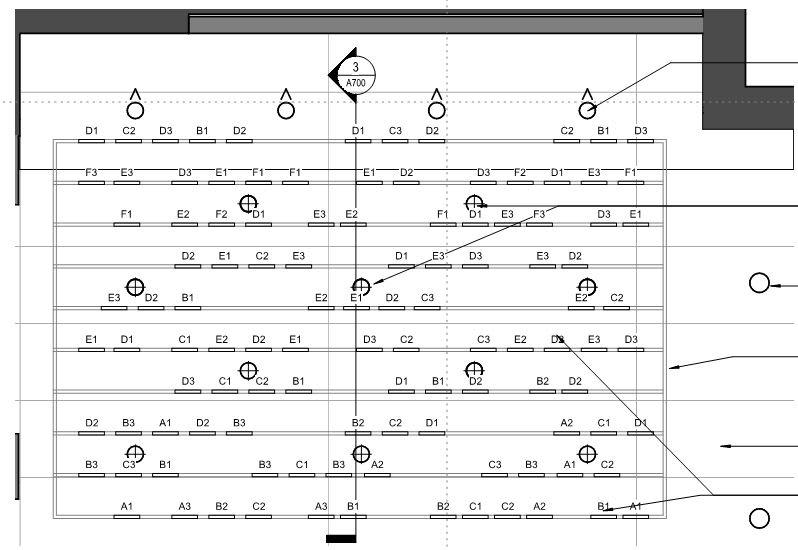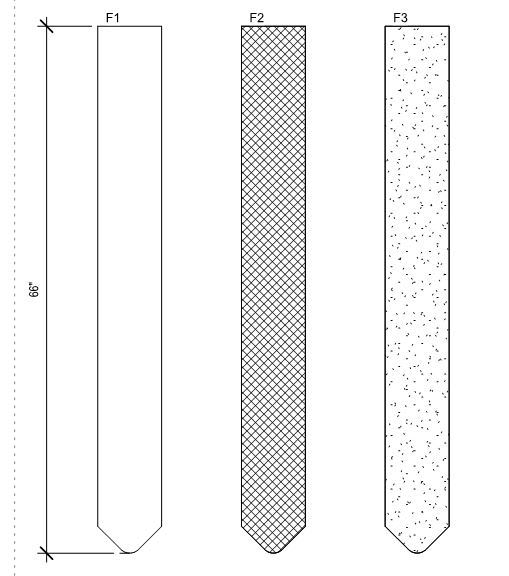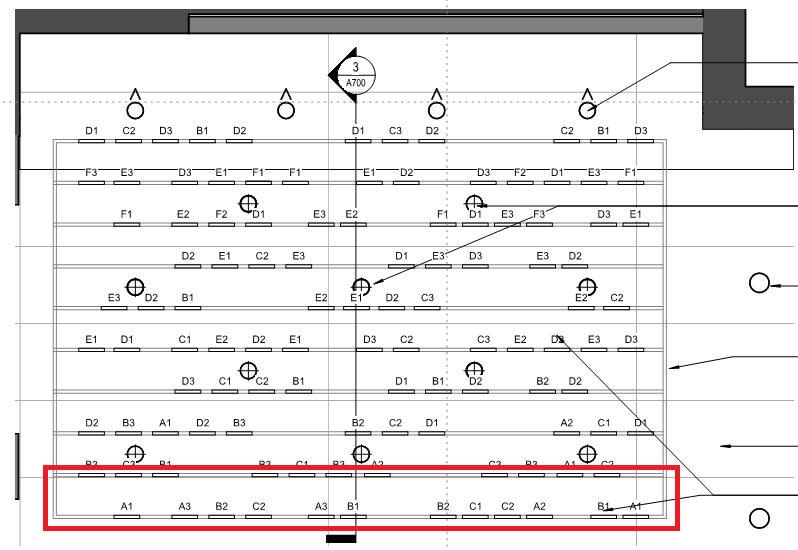Hello gents,
I'm working on a office renovation project that involves a large number of suspended architectural acoustic flats/baffles installed in a meeting area.
Some details of the situation:
1. All flats will be installed on rails from a suspended ceiling system. Distance between suspended ceiling and higher ceiling is 15". (This distance could be changed to meet Code and will be on my call)
2. Each flat has a dimension of 1/2" thickness, 8" length, 24" to 66" ununiform depth.
3. Some pics for references:



I'm currently providing sprinkler heads only on primary (higher) ceiling. However, I'm worry about the sprinkler coverage will be compromised due to these numerous suspended flats.
Can anyone advise me on this?
Do I need to put/Can I put beneath sprinkler heads to flush with the bottom of the deepest flat (That will be (66"+15"=81") below the primary ceiling).
Thank you in advance.
I'm working on a office renovation project that involves a large number of suspended architectural acoustic flats/baffles installed in a meeting area.
Some details of the situation:
1. All flats will be installed on rails from a suspended ceiling system. Distance between suspended ceiling and higher ceiling is 15". (This distance could be changed to meet Code and will be on my call)
2. Each flat has a dimension of 1/2" thickness, 8" length, 24" to 66" ununiform depth.
3. Some pics for references:



I'm currently providing sprinkler heads only on primary (higher) ceiling. However, I'm worry about the sprinkler coverage will be compromised due to these numerous suspended flats.
Can anyone advise me on this?
Do I need to put/Can I put beneath sprinkler heads to flush with the bottom of the deepest flat (That will be (66"+15"=81") below the primary ceiling).
Thank you in advance.

